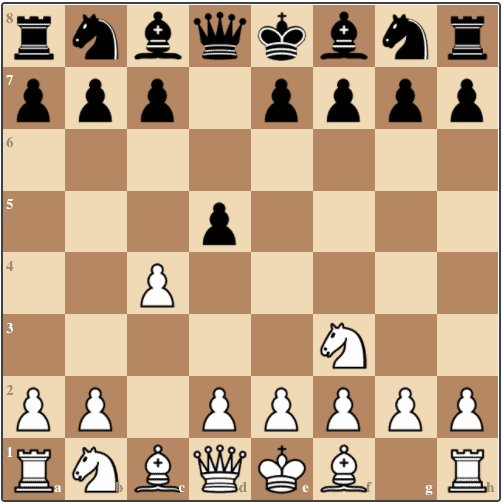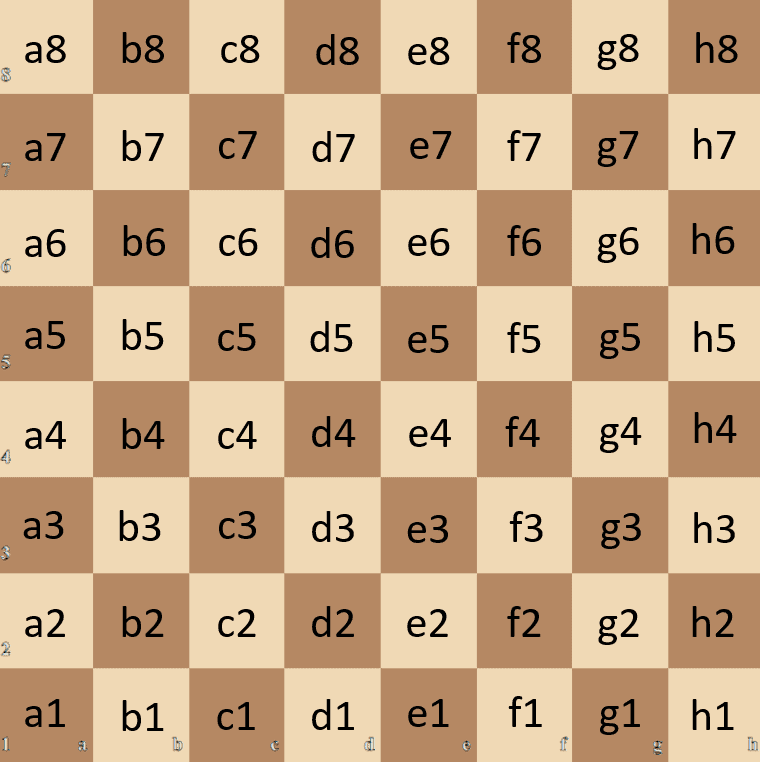Best Chess Formations to Win Games Consistently

If you are already familiar with basic pawn terminology and pawn formations, you may be curious as to what structures and formations arise from common openings, and the ideas behind such structures.
How I Went from 300 to 1500 Elo in 9 Months

In this post, guest writer Alex Crompton shares how he increased his rating from 300 to 1500 points in just 9 months, starting from complete beginner level as an adult. Understanding that most beginner-level games come down to tactics, Crompton designed and stuck with a smart training plan to build tactical fluency – the ability […]
How to Win at Chess – Like a Pro!

Many chess beginners often start by wondering how they can deliver a quick checkmate to win at chess. Many people start out playing casually against their family members and are looking for that first win.
The Alapin Variation: Playing the Anti-Sicilian as White and Black

Quick Summary: The Alapin Variation is a response to the Sicilian Defense and arises after 1.e4 c5 2.c3. It falls under the category of openings known as an “Anti-Sicilian”. The chief idea behind 2.c3 is to thrust the d-pawn to d4 and hope to achieve an ideal pawn center with pawns on e4 and d4. […]
The Bishop’s Opening – How to Play It as White and Black

Short Summary: The Bishop’s Opening arises from an open game (1.e4 e5) whereby White’s kingside bishop is developed to c4 on move 2. Though far less common than the King’s Knight Opening (2.Nf3) or the Vienna Game (2.Nc3), it is a solid opening that develops White’s kingside Bishop to an optimal square. The opening is […]
Play Chess Against A Computer (Yes or No?)

Should you play chess against a computer? Chess computers are a great way to help you improve, but like all technology, you must use them wisely.
Scholar’s Mate in Chess (The 4-Move Checkmate)

Short summary: Scholar’s Mate is an opening sequence where White can checkmate Black in four moves. It takes advantage of the vulnerability of the weak f7 square Black has several good ways to defend against Scholar’s Mate, and actually get an opening advantage by doing so For that reason, Scholar’s Mate often backfires and is […]
Study Tips for Your Chess Goals

Short summary: Tactics and endgame are two of the most critical areas impacting game results. Prioritize these – especially tactics if you are a beginner player. Puzzle books offer high quality solutions and explanations to the problems and are often well organized for improving players. Practice consistently, daily if possible Study master games with well-annotated […]
The Réti Opening: How to Play It as White and Black

TL;DR — The Réti Opening The Réti Opening is one of the most versatile and flexible chess openings out there. Played by intermediate players and up to the highest level, this opening sets up a strategic and serious fight of a chess game. It is a hypermodern, flank opening. By holding back their central pawns […]
How to Become a Chess Grandmaster (in 11 Steps)

TL;DR on how to become a Grandmaster: 3 Grandmaster norms and a FIDE rating of 2500+ qualifies you for a Grandmaster (with some exceptions). A GM norm is achieved with a 2600-rated performance in a tournament with at least 9 rounds, where at least 50 percent are titled players. Learning openings, middlegames, and endgames is […]
Bouncebackability – Nurturing the Gift of Resilience

Professor Barry Hymer’s new blog post examines the art of resilience. How can we bounce back after a chess defeat? It doesn’t have to be the Knightmare we often think it is. Bouncebackability – Nurturing the Gift of Resilience There is an old Afrikaans saying which has equivalents in many other languages: Wat nie dood […]
Chess Notation for Beginners

Reading and Writing Chess Moves “The squares have names?” “If you play well, they have names.” This line from Netflix’s The Queen’s Gambit pretty well sums up the need to know chess notation! Or, perhaps a little more accurately: in order to play well, you need to know the names of the squares. That’s because […]
